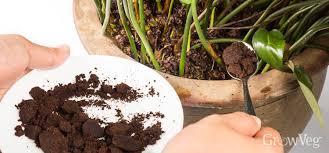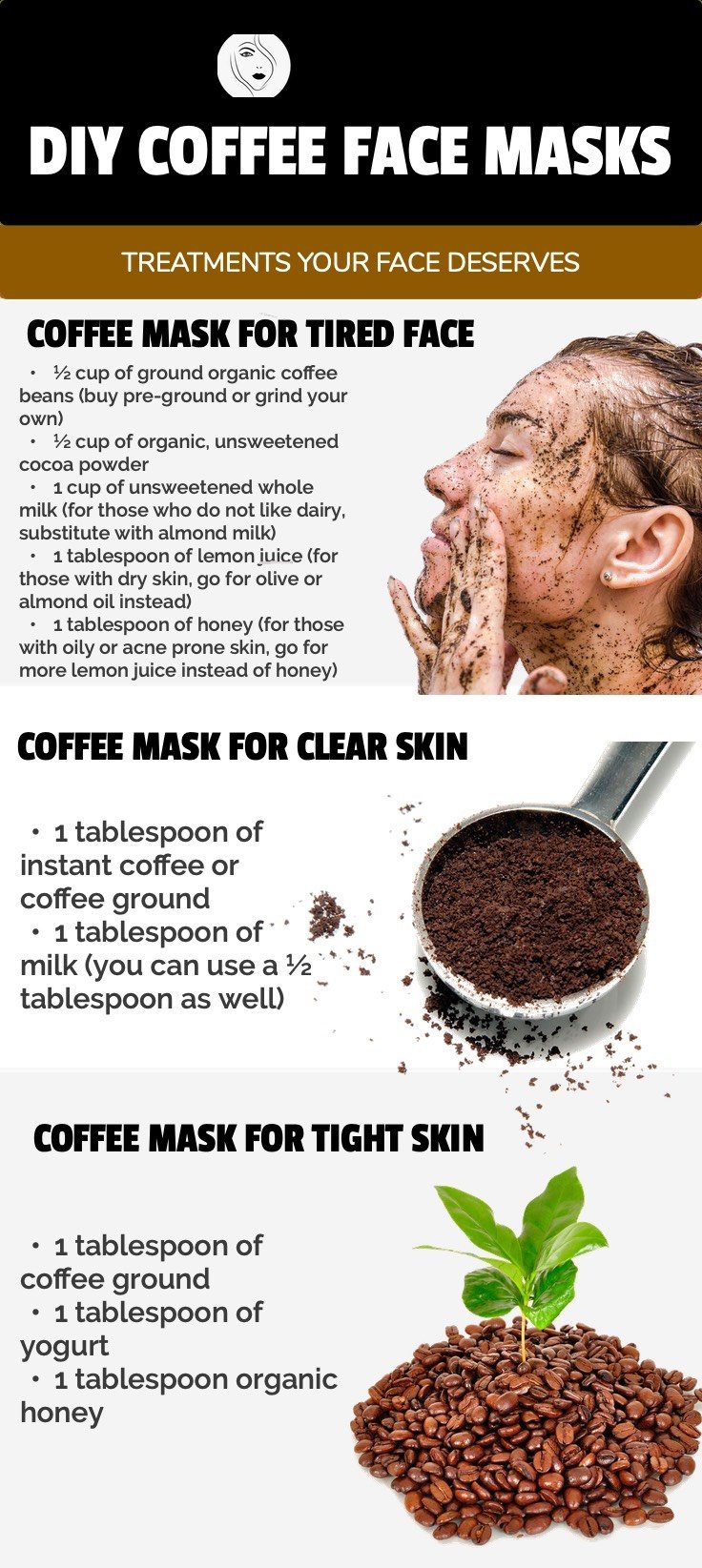Recycling the way grandma did
Recycling is much talked about in schools, varied forums, and by media. Awareness and education to ensure we are better as a society to protect our planet by recycling is the goal. Interestingly our ancestors just instinctively were naturally green and recycled as a daily routine and made a habit of loving the nature, earth, planet because we and universe are one and need to be loved and treated as sacred beings.
When mothers and grandmothers oiled, combed, washed or brushed Hair, they rolled up the strands that dropped, broke, snapped, and fell, they collected the locks that were snipped to use in an environment friendly manner. They may not have known the science behind it but they knew it was good for plants and soil.

They knew then to simply mix small pieces of hair directly in with the soil. Using uncomposted hair can help improve poor quality soil by slowly releasing nutrients and nitrogen into the soil. Human hair can endure for upto 2 years, before decomposing along with softer tissues. Hair, like fingernails, is made of keratin. The hair can also provide structural support for roots and help break up thick or clay soil. The mats easily fit in the bottom of potted plants, but can also be used as a top soil.
Studies have shown that human hair, a readily available waste generated from barbershops and hair salons, combined with additional compost, is an additional nutrient source for crops. In addition to water and sunlight, plants need certain nutrients to grow, particularly nitrogen.
Uses for Human Hair
- Wig making to cope with losing their hair.
- Test tress making.
- Help people grow food.
- Clean-up Oil Spills.
- Make clothes.
- Create furniture.
- Craft a work of art.
- Make brushes
- Birds can use for building nests
Grandparents made filter coffee or used Tea leaves for the morning brew. They lovingly used the remnants and added them to the kitchen waste and put them in their vegetable patch or the flower gardens.

Coffee grounds are good for plants that require acidity in the soil – Hydrangeas, Rhododendrons, Azaleas, Lily of the valley, Blueberries, Carrots, Radishes, Camellia, Gardenia, Jasmine and Magnolia. Coffee grounds contain calcium, nitrogen, magnesium, phosphorus and potassium. They are close to pH neutral (between 6.5 to 6.8 pH). Coffee grounds are an excellent nitrogen source for composting. They have a C/N ratio of 20-to-1.
:max_bytes(150000):strip_icc()/using-coffee-grounds-in-your-garden-2539864_FINAL-5bfc2cb746e0fb00517c182d.png)
Mixing coffee grounds with wood ash, shredded leaves and lime creates rich compost, one high in nitrogen that’s easy for tomatoes to access. Using grounds to make compost is also a way of lessening their acidity, because in their raw, untreated form, coffee grounds may make the soil too acidic for plants to thrive. Because they are acidic, coffee grounds make good acid mulch. Of course, too much of anything is just too much, so coffee grounds in limited amounts is recommended. It is recommended as pure gold for garden, compost pile, and best of all, worm bin
- “Fresh coffee grounds are acidic. Used coffee grounds are neutral.” If rinsed, used coffee grounds, will have a near neutral pH of 6.5 and will not affect the acid levels of the soil.
- According to the EPA, coffee grounds are a safe and effective way to keep pests away. Coffee grounds can help repel not only mosquitos but also other annoying insects like wasps and bees. Coffee grounds have a strong smell but it’s even stronger when they are burned. This smell will bother the pests and keep them away.
- Coffee grounds are already recommended as a home remedy for keeping slugs and snails at bay. Grounds repel slugs, but a caffeine solution is much more effective, “Slugs turn back immediately after contacting the [caffeinated soil].”
- To use coffee grounds as an insect and pest repellent, simply set out bowls of grounds or sprinkle them around outdoor seating areas. You can also keep pests out of your garden by scattering coffee grounds around your plants. They help create a barrier that slugs and snails do not like to crawl over.
- Burn Used Coffee Grounds for Mosquito Repellent
- Place used coffee grounds, put them in an aluminum foil plate.
- Place the foil plate on a level surface, such as a table, outdoors.
- Add a few drops of barbecue lighter fluid to the coffee grounds.
- Light the fluid with a long match to avoid getting burned.
Simple morning brew can be used in many ways, to-
- Fertilize Garden.
- Compost for Later.
- Repel Insects and Pests.
- Remove Fleas from Pet.
- Neutralize Odors.
- Use It as a Natural Cleaning Scrub.
- Scour Pots and Pans. (I may not try this personally)
- Exfoliate Skin.
- To clean oil spills, they absorb oil

Our ancestors in simplistic love for divinity in animate, inanimate, living, nonliving, self, others, nature, earth and universe lovingly nurtured everything and everyone by recycling naturally.

A very different take on recycling.
LikeLiked by 1 person
A very different take on recycling. Loved reading it.
LikeLiked by 1 person